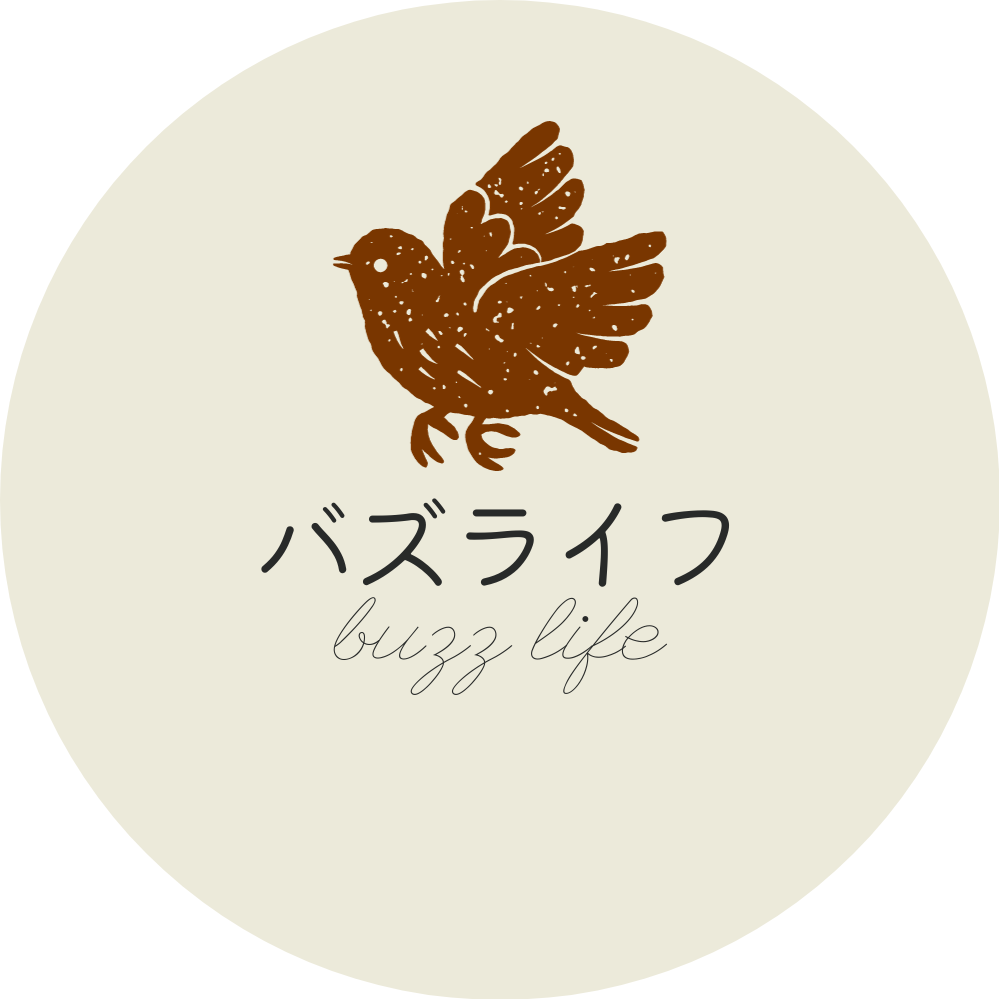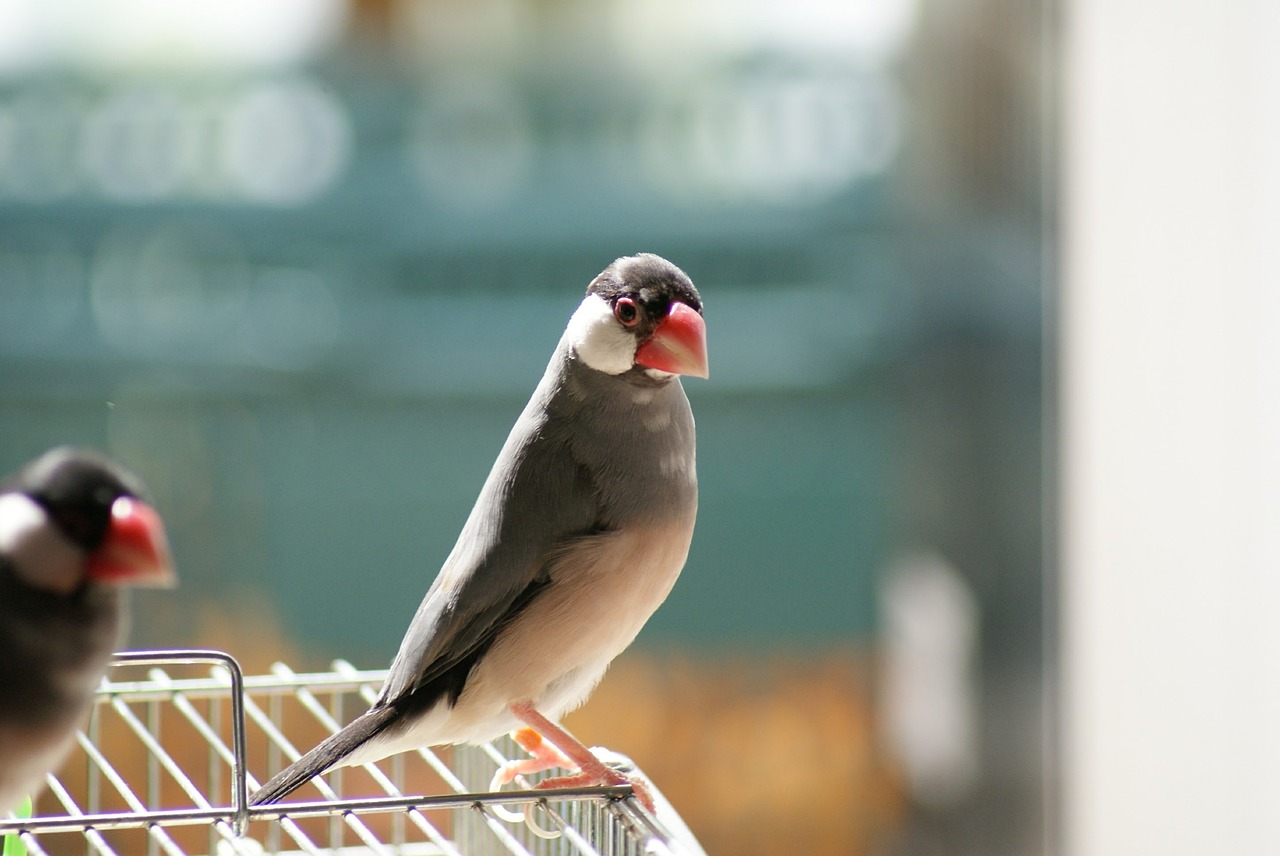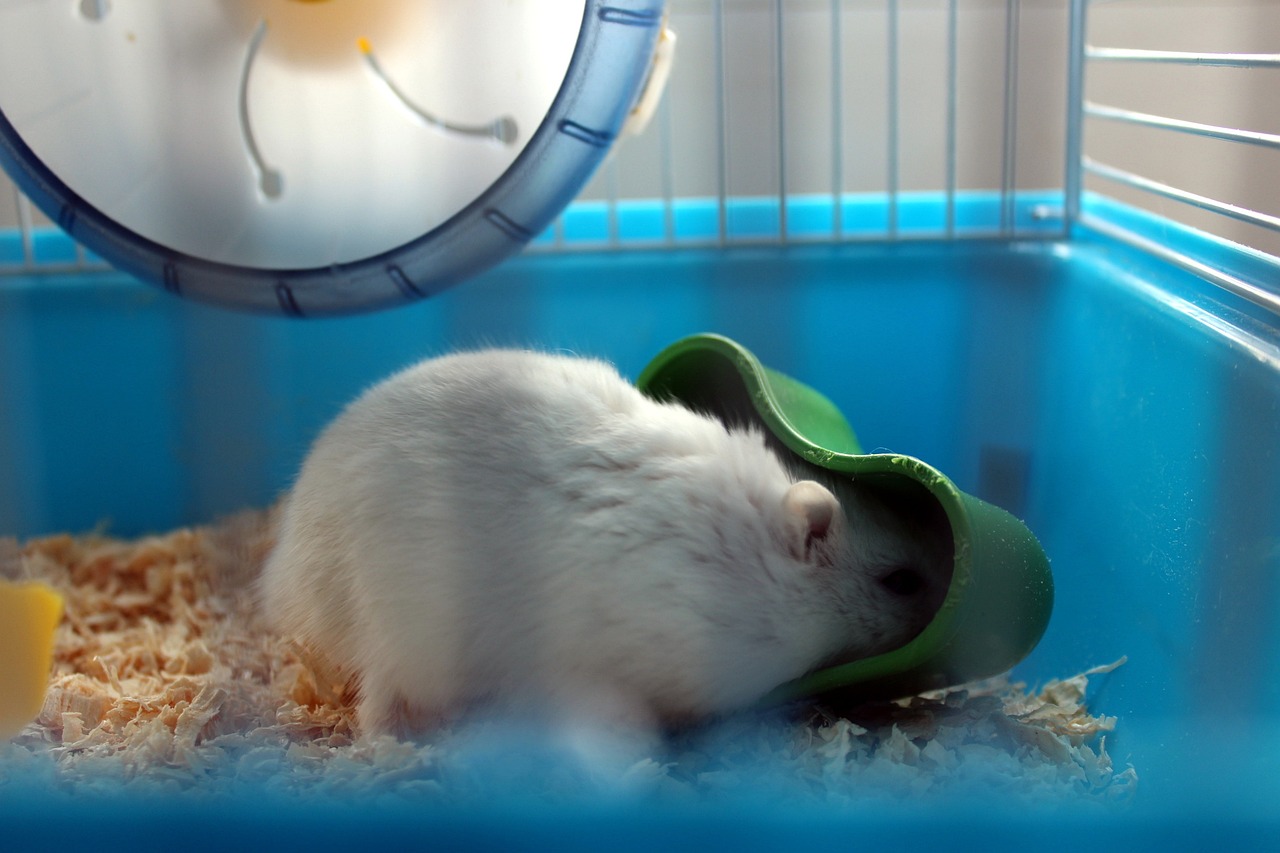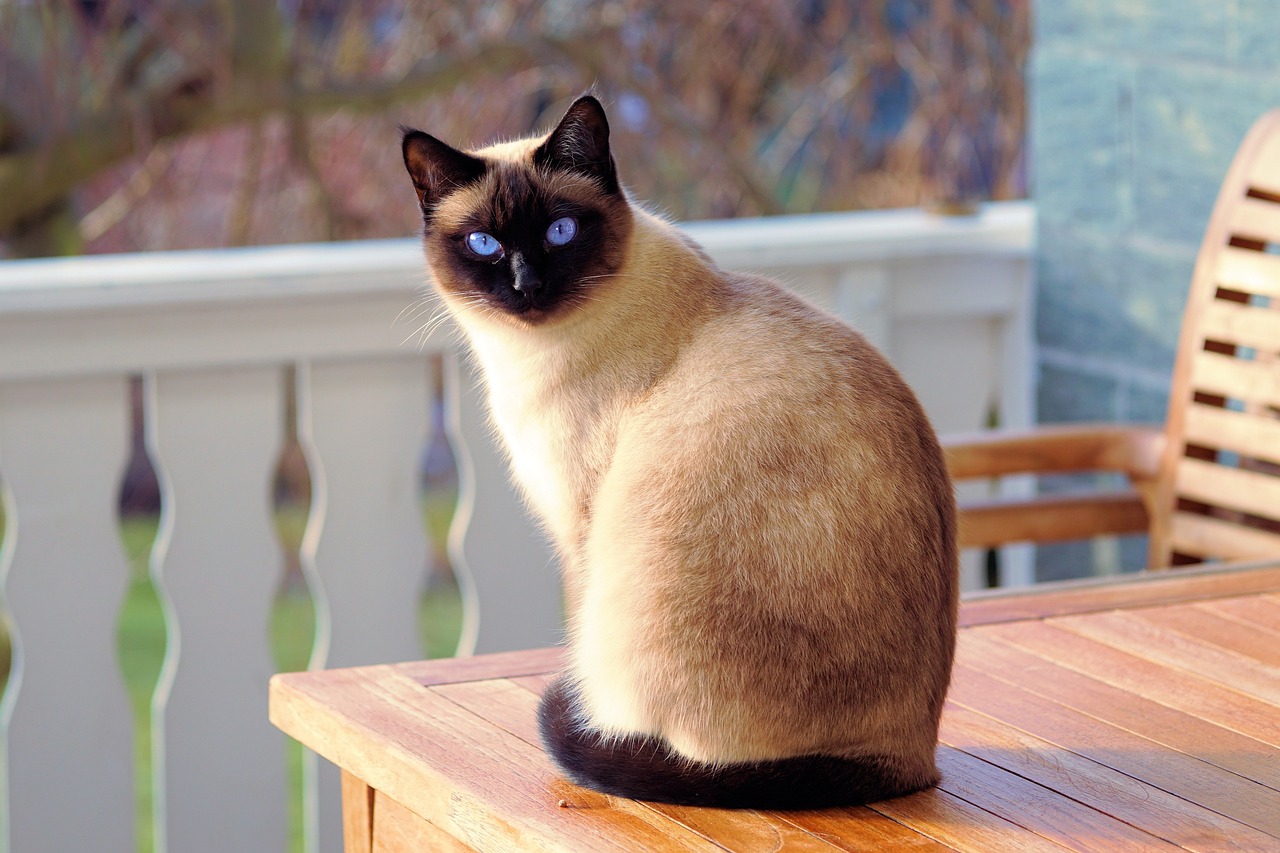The Complete Beginner’s Guide to Homemade Cat Food Recipes

1. Introduction
Homemade cat food offers numerous benefits that can greatly enhance the health and well-being of your feline friend. One of the primary advantages of preparing your cat’s meals at home is the freshness of the ingredients. Unlike commercial foods that may contain preservatives and additives, homemade meals ensure your cat is consuming only the freshest and most natural ingredients. This can lead to better digestion, improved energy levels, and a healthier coat.
Another significant benefit is the ability to tailor meals specifically to your cat’s health needs, such as addressing allergies, dietary restrictions, or chronic health conditions. This personalized approach not only prevents adverse reactions but also enhances the overall nutritional intake, ensuring your cat gets exactly what it needs to thrive.
In this article, we will cover the essential aspects of homemade cat food, from understanding the basic nutritional requirements of cats to providing step-by-step recipes designed for optimal health. You can expect practical advice on how to prepare nutritious and appealing meals that will keep your cat healthy and happy.
2. Fundamentals of Feline Nutrition
Overview of Essential Nutrients
Cats are obligate carnivores, which means their bodies are designed to function optimally on a diet primarily made up of animal protein. The key nutrients necessary for a balanced feline diet include:
- Protein: The cornerstone of a cat’s diet, essential for growth, maintenance, and repair of tissues. High-quality animal proteins like chicken, turkey, and fish should form the bulk of their dietary intake.
- Fats: These are important for energy, and they help absorb fat-soluble vitamins. Healthy fats, such as those found in fish oil, are also crucial for maintaining a shiny coat and healthy skin.
- Vitamins: Vitamins A, D, E, and K are vital for various bodily functions, including vision, bone growth, and antioxidant protection.
- Minerals: Minerals such as calcium, phosphorus, and magnesium are essential for strong bones and teeth, nerve function, and overall cellular metabolism.
Important Ingredients and Those to Avoid
When choosing ingredients for homemade cat food, it is essential to focus on those that provide maximum nutritional benefits:
- Recommended Ingredients: Lean meats (chicken, turkey, rabbit), fish, small amounts of liver, eggs, and limited, easily digestible vegetables (like pumpkin or carrots).
- Ingredients to Avoid: Onions, garlic, chocolate, grapes, raisins, and any food containing xylitol, as these can be toxic to cats. Also, avoid raw fish and raw eggs due to the risk of parasites and bacteria.
Understanding these dietary foundations will help you create nutritious, safe, and appealing meals that cater to your cat’s specific dietary needs. This guide will continue to explore how to practically apply this knowledge in preparing homemade cat food.
3. Basic Ingredients for Homemade Cat Food
Choosing Safe Ingredients
When preparing homemade cat food, selecting safe and healthy ingredients is crucial. Start by choosing high-quality, human-grade meats as the primary source of protein. Here are some tips for selecting the best ingredients:
- Meats: Opt for lean cuts of chicken, turkey, beef, or rabbit. Ensure all meat is fresh and sourced from reputable suppliers.
- Fish: Occasionally, you can include cooked fish like salmon or mackerel, which are rich in omega-3 fatty acids, but ensure it is thoroughly cooked to avoid parasites.
- Vegetables: Some cats may benefit from a small amount of vegetables. Cooked pumpkin, carrots, and peas are safe choices that can provide additional nutrients and fiber.
- Supplements: Depending on your cat’s specific needs, you might need to include supplements like taurine, essential for cat health, especially when the diet is cooked.
Appropriate Ingredient Ratios and Measurement Techniques
Proper balance is key in homemade cat food to ensure it meets all nutritional requirements:
- Protein: Should constitute about 80% of the diet.
- Fats: Roughly 10-15% of the diet.
- Carbohydrates: Kept to a minimum, ideally less than 10%, and should come from digestible sources like vegetables and grains.
Always use a kitchen scale to weigh ingredients accurately to maintain these ratios, ensuring your cat receives the right amount of nutrients.
4. Preparing and Storing Homemade Cat Food
Preparing the Ingredients
Proper preparation of ingredients is vital for the safety and health of your cat:
- Washing: Thoroughly wash all vegetables and fruits to remove pesticides and bacteria.
- Cutting: Chop meat and vegetables into appropriate sizes to ensure they are easy to digest and prevent choking hazards.
- Cooking: Cook all meats thoroughly to kill any harmful bacteria or parasites. Vegetables should also be cooked to enhance digestibility.
Safe Storage Practices and Duration
Storing homemade cat food safely is essential to prevent spoilage and maintain nutritional quality:
- Cooling: Allow cooked food to cool completely before storing.
- Refrigeration: Store cat food in airtight containers in the refrigerator for up to three days.
- Freezing: For longer storage, freeze portions in freezer-safe containers or bags. Frozen homemade cat food can be stored for up to three months.
To serve frozen food, thaw it in the refrigerator overnight and warm it slightly to room temperature before feeding. Always check for any signs of spoilage and discard any food that smells off or appears discolored. Proper preparation and storage of homemade cat food are crucial for ensuring that your cat enjoys a healthy and safe diet.
5. Step-by-Step Recipes for Homemade Cat Food
Recipe 1: Basic Chicken Recipe
Ingredients:
- 200 grams of boneless, skinless chicken breast
- 30 grams of chicken liver
- 100 grams of cooked carrots
- 2 teaspoons of olive oil
- Taurine supplement (as per your vet’s recommendation)
Cooking Steps:
- Preparation: Boil the chicken breast and liver until fully cooked. Let cool.
- Mixing: Chop the cooked chicken and liver into small, cat-friendly pieces.
- Combining: Mash the cooked carrots and mix with the chopped meat.
- Final Touch: Stir in olive oil and sprinkle with taurine supplement for additional nutrients.
- Serving: Serve at room temperature. Ensure fresh water is available.
Recipe 2: Fish-Based Recipe
Ingredients:
- 200 grams of deboned salmon or mackerel
- 50 grams of cooked peas
- 1 tablespoon of fish oil
- Taurine supplement (as needed)
Cooking Steps:
- Preparation: Steam or bake the fish until it flakes easily. Ensure all bones are removed.
- Mixing: Combine the cooked fish with peas in a mixing bowl.
- Enhancing: Add fish oil for omega-3 fatty acids and sprinkle with taurine.
- Serving: Cool to room temperature before serving to avoid any heat-related injuries.
Recipe 3: Special Diet for Health Issues
Ingredients:
- 200 grams of ground turkey (low-fat)
- 100 grams of cooked pumpkin
- 1 teaspoon of flaxseed oil
- Vitamin and mineral supplements as prescribed by your vet
Cooking Steps:
- Preparation: Cook the ground turkey thoroughly.
- Mixing: Blend the cooked pumpkin into a smooth puree.
- Combining: Mix the turkey and pumpkin together, ensuring an even distribution.
- Final Touch: Add flaxseed oil and any specific supplements.
- Serving: Ensure the mixture is at room temperature and serve. Suitable for cats with diabetes or kidney issues.
6. Frequently Asked Questions (FAQ)
Q1: How often should I feed my cat homemade food?
- A: Homemade food can be fed as the primary diet or mixed with commercial foods. It’s best to follow a routine, typically two meals per day, but adjust based on your cat’s health and energy levels.
Q2: How can I ensure my homemade cat food is nutritionally complete?
- A: Consult with a veterinarian to ensure the food meets your cat’s nutritional needs, especially if your cat has specific health issues. Supplements like taurine, vitamins, and minerals may be necessary.
Q3: Can I make a large batch of cat food and freeze it?
- A: Yes, you can prepare food in bulk and freeze it in meal-sized portions. Thaw portions in the refrigerator before serving and never re-freeze thawed food.
Q4: Are there any ingredients I should never use in homemade cat food?
- A: Avoid onions, garlic, chocolate, grapes, and anything with caffeine or alcohol. These ingredients can be toxic to cats and should always be avoided.
Q5: How do I transition my cat from commercial to homemade food?
- A: Transition gradually over several days to a week. Start by mixing a small amount of homemade food with the commercial food, gradually increasing the homemade portion while decreasing the commercial food until the switch is complete.
These recipes and tips will help you create nutritious, appealing meals tailored to your cat’s health and dietary needs, ensuring your feline friend enjoys a happy, healthy life.






